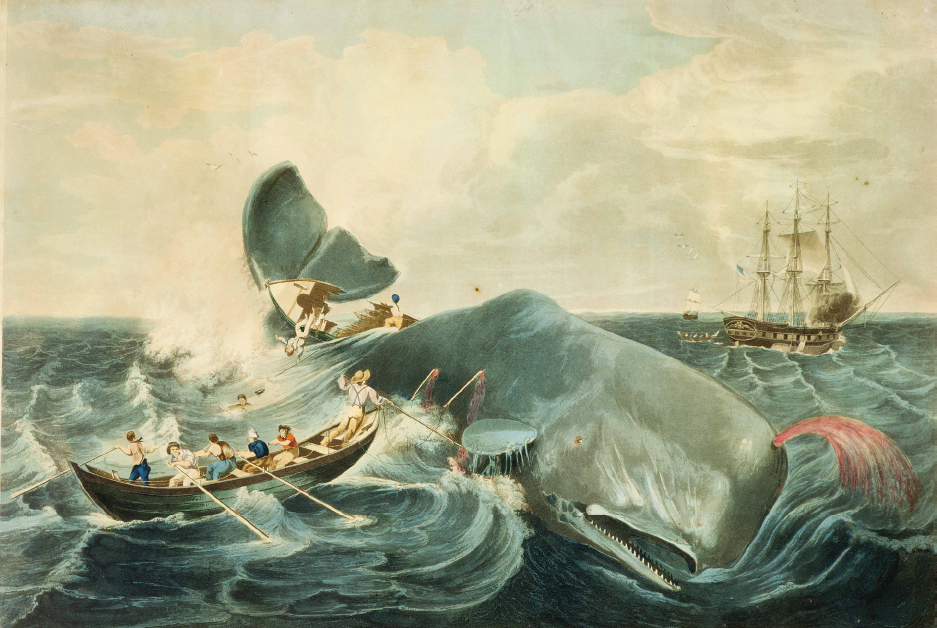Printed Page 301-274-265(cont.)
America’s History: Printed Page 301
America: A Concise History: Printed Page 274
America’s History: Value Edition: Printed Page 265
New Social Classes and Cultures
The Industrial Revolution and the Market Revolution improved the lives of many Americans, who now lived in larger houses, cooked on iron stoves, and wore better-made clothes. Yet in the booming cities, the new economic order spawned distinct social classes: a small but wealthy business elite, a substantial middle class, and a mass of propertyless wage earners. By creating a class-divided society, industrialization posed a momentous challenge to America’s republican ideals.

The Social Dimensions of Whaling
Whale oil fueled the lamps that illuminated the houses of well-to-do Americans in the early nineteenth century, and bright spermaceti candles made from the waxy substance in the heads of sperm whales graced their dining tables. To provide these luxuries, five hundred ships from New Bedford, Massachusetts, and the nearby island of Nantucket roamed the world on voyages lasting up to three years. Ten thousand workers — young men seeking adventure and veteran white and black sailors — manned the ships. As this painting, Capturing a Sperm Whale by William Page (1835, from a sketch by whaler C. B. Hulsart), suggests, whaling was a dangerous trade that took the lives of many men. © Peabody Essex Museum, Salem, Massachusetts, USA/The Bridgeman Art Library.